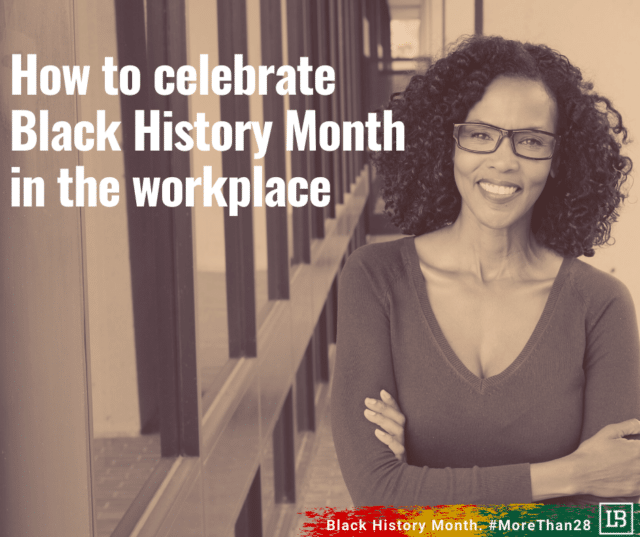
The Supreme Court Lifts the Federal Eviction Moratorium
Thursday evening, the Supreme Court issued an Opinion that blocked the Biden administration’s recently reissued CDC Order, which had protected

Recent updates regarding the CDC Eviction Moratorium and more.
First, the Supreme Court Ruling. Late yesterday, a divided US Supreme Court ruled that it would NOT alter the

Disparate Impact, Algorithmic Bias and Fair Housing.
In the multifamily industry, we have all received an ample amount of Fair Housing Training. We have secret shops and

SC: In-Person Proceedings in the Summary Courts to Resume March 15, 2021
The Supreme Court of South Carolina issued an Order on February 26, 2021, which stated that in-person hearings can resume

Ways to celebrate Black History Month at work
Black History month is commonly celebrated in our youth. In school, we learn about Dr. Martin Luther King Jr. and

Mecklenburg County Courts Closing Jan 19 – Feb 11
North Carolina: For all of our Mecklenburg County clients, we hate to have to share this news, but based on

Winter Weather Alert
We are anticipating inclement weather over the next day or so and some of our NC/SC offices and team members

Special Alert: Gov. Cooper’s Executive Order 171
UPDATE: 1/27/21 – Governor Cooper has issued a new Executive Order #191. The effect of this new Order for our

National Paralegal Day – A Day in the Life of Lynette McPherson
Today is National Paralegal Day According to nationaltoday.com, National Paralegal Day is an annual event that celebrates those

North Carolina H.O.P.E. Program Announced
Late last week, North Carolina’s Housing Opportunities and Prevention of Eviction program (H.O.P.E.) was announced and is now accepting applications.

Stop your cases from being continued, or worse… dismissed.
Have you had this happen to you? You have received word that the owners of your community are looking to

Multifamily Forbearance News: FHFA Announces New CARES Mandate
This morning, the Federal Housing Finance Agency (FHFA – the parent entity for Fannie Mae and Freddie Mac) issued a
Gain the L&B Advantage
Our Attorney Team helps you avoid the lost time & wasted money that comes from unwanted mistakes in your eviction process!

